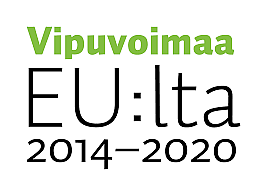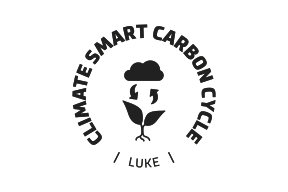Tomography in the field – new monitoring method for the effects of farming management on the greenhouse gas balance in agriculture, part 2: Development project
Finland aims to reach carbon neutrality by year 2035, and achieving this goal necessitates quick decisions. Thirteen percent of the greenhouse gas (GHG) emissions in Finland are caused by the agriculture; if the effect of the land use is also accounted for, the GHG load of the Finnish agriculture is almost doubled. The main emission sources are the peatlands (CO2 and CH4), inorganic soils (N2O) and ruminants (CH4). The farming techniques – including selection of plant species, fertilization, the use of organic fertilizers and draining – can be used for lowering the emissions caused by production and reducing the carbon footprint of products. To achieve this goal, methods for quantifying the physical effects of different measures to emissions and production costs are needed, so that the most cost-efficient means of reducing the environmental load of production can be chosen.
The currently used methods for the GHG balance in field conditions are: 1) chamber measurements and 2) the socalled Eddy covariance measurements. Both of these methods have significant limitations: The (pointwise) chamber measurements affect the target of measurement (the local GHG balance) and, in addition, they are not suitable for continuous monitoring. Carrying out pointwise measurements is also a very tedious task, which prevents mapping of a large field area with enough sample points. Eddy covariance method, on the other hand, enables continuous monitoring and does not disturb the local GHG balance. However, it does not account for the spatial variations in, e.g., the soil type and fertilization – and in the GHG balance. Moreover, it suffers from the inhomogeneities and uncertainties related to the environment surrounding the field. It is thus utterly important to develop novel monitoring methods for the GHG emissions and eventually, for their cost-efficient reduction.
In this project, a new monitoring tool for the GHG balance of agricultural fields is introduced and developed. The new monitoring method uses a measurement system that is based on laser dispersion and absorption, and it can be used for mapping fields of up to a square kilometre area. Similarly to Eddy covariance system, the device enables long-term (up to several months) monitoring in field conditions. The analysis of the measurement data is based on advanced mathematical modelling, computational physics and inversion. With the aid of computational methods, the sequential measurement data provided by the laser system are converted to tomographic images – maps that represent the distribution of GHG emission source in the field at different instants of time. Unlike Eddy covariance method, the tomographic mapping is insensitive to inhomogeneities and uncertainties related to the environment surrounding the field. Furthermore, it enables determining GHG balance maps that are spatially varying. This project consists of two parts: 1) investment project and 2) development project. In the investment project, we purchase an open-path laser dispersion and absorption system which enables the GHG measurements in field conditions. In the development project, this device is utilized and tested; the computational methods for tomographic imaging are designed for its use, and it is applied for GHG measurements in agricultural fields.
If successful, the project will provide a remarkable practical benefit: The new monitoring tool will complement the existing chamber and Eddy covariance measurements, providing solutions to their limitations in GHG balance quantification. The improvement in the reliability of the monitoring methods can lead to transformation of policies in agriculture; in particular, via the use of these methods, the GHG balance assessment can form a basis for selecting suitable farming techniques.
The project will be carried out by the Department of Applied physics in University of Eastern Finland (UEF) and Maaninka unit of the Natural Resources Institute (Luke). The UEF group is responsible for the development and testing of the computational methods required for the tomographic imaging. The Luke group has the main responsibility of planning and carrying out the field experiments. All experiments will be carried out in the test field of Luke Maaninka. The project also involves two companies: Yara and Valio. In addition, the project affects a large number of small enterprises: The aim of the project is that the large companies (Yara and Valio) deploy the new solutions developed and certified in the project to their contract farms and partners.




